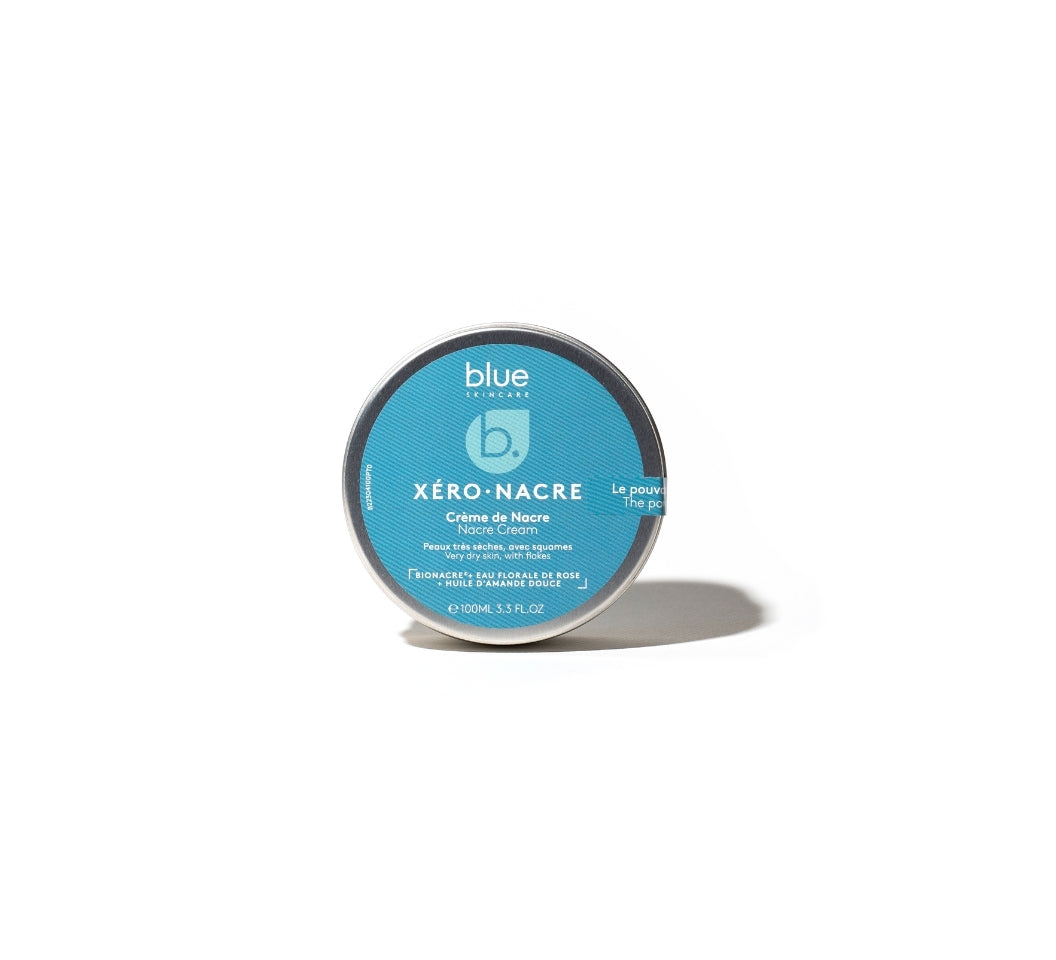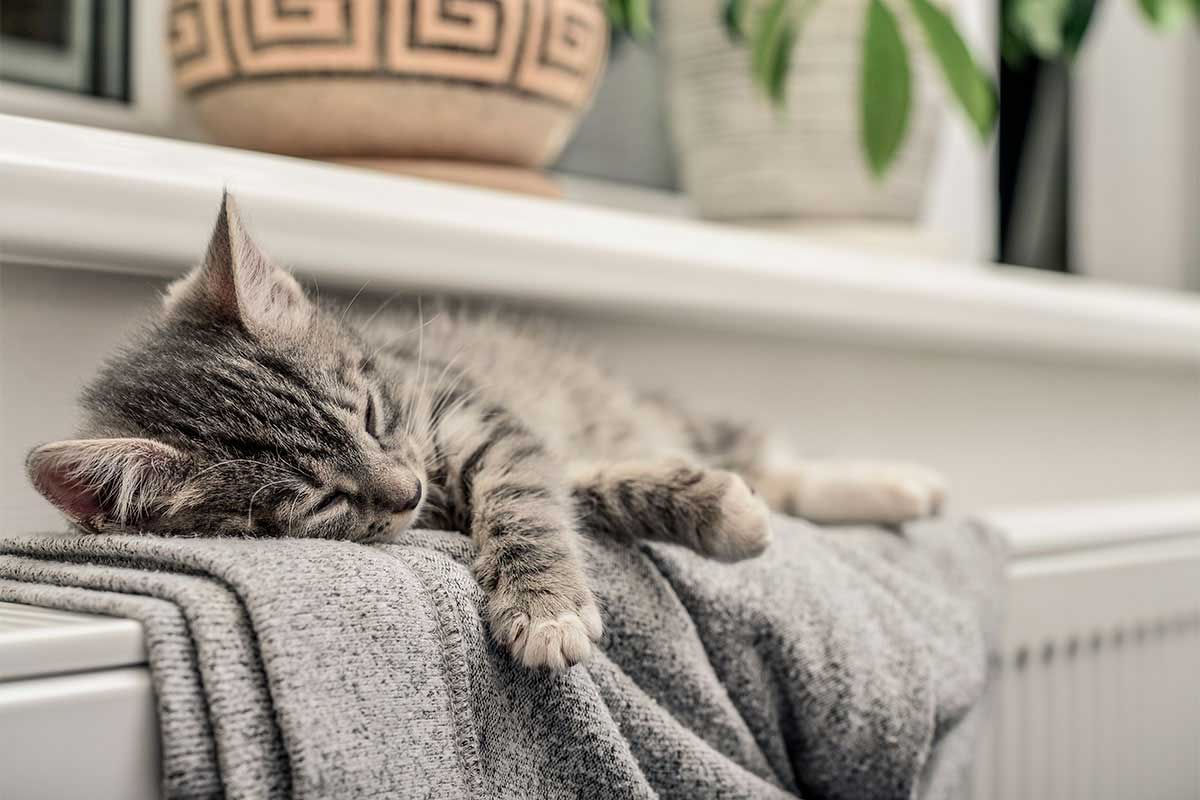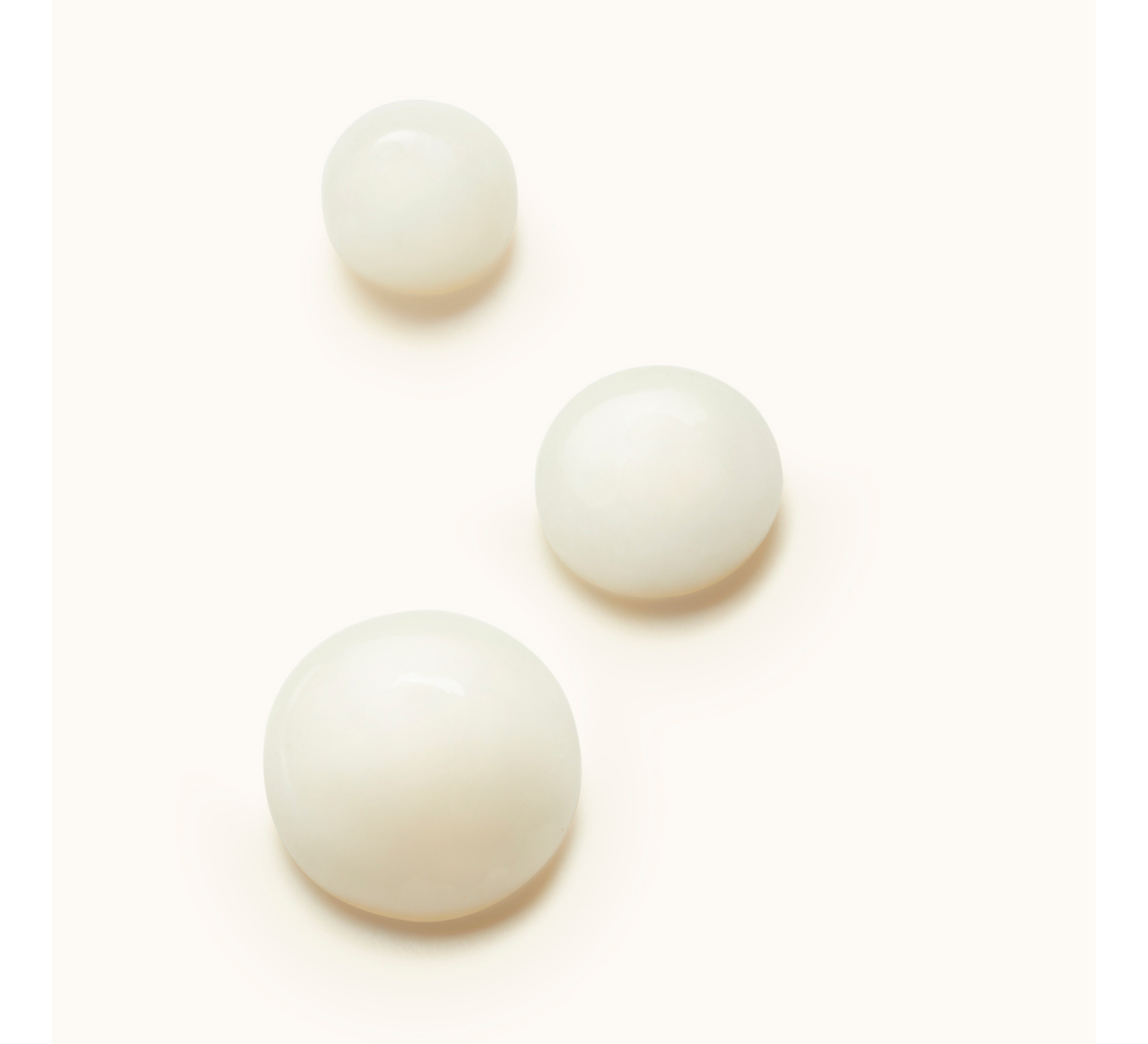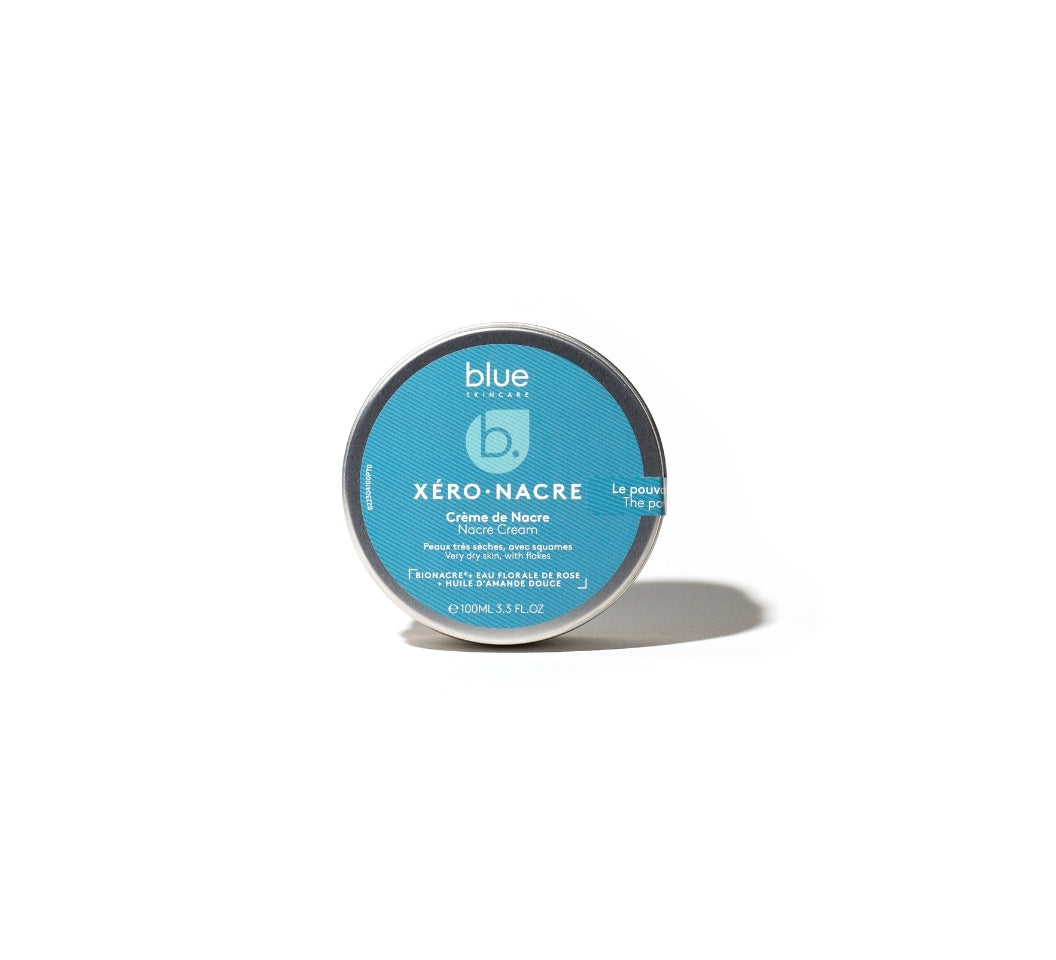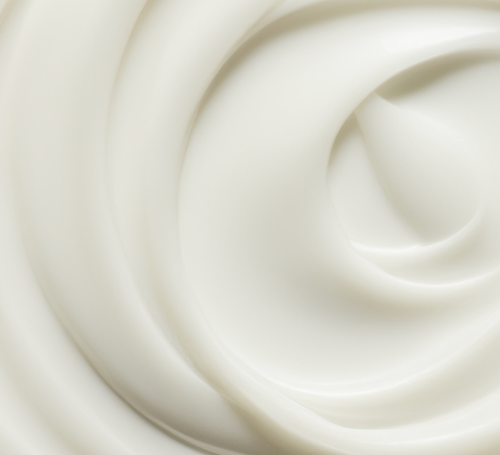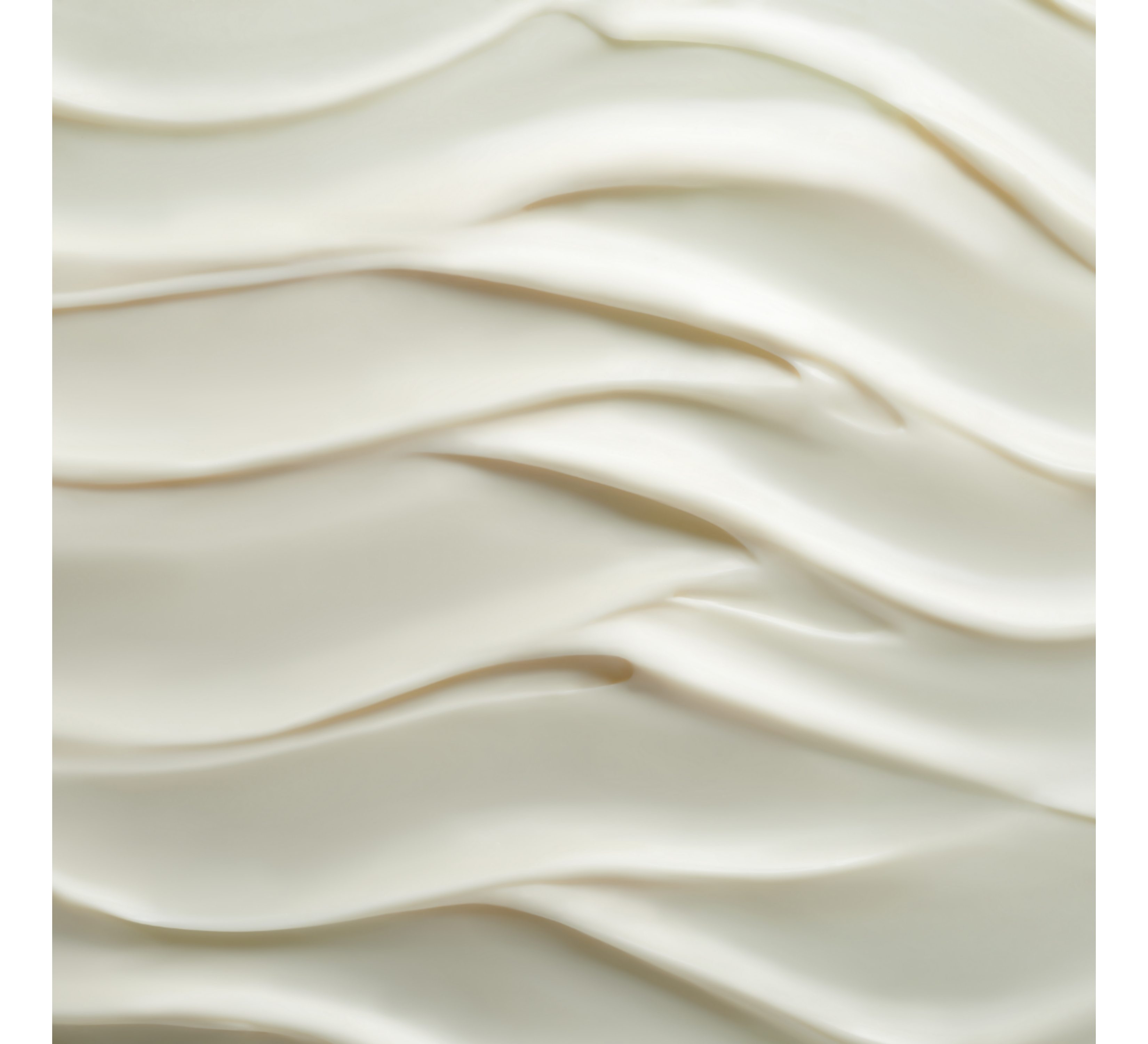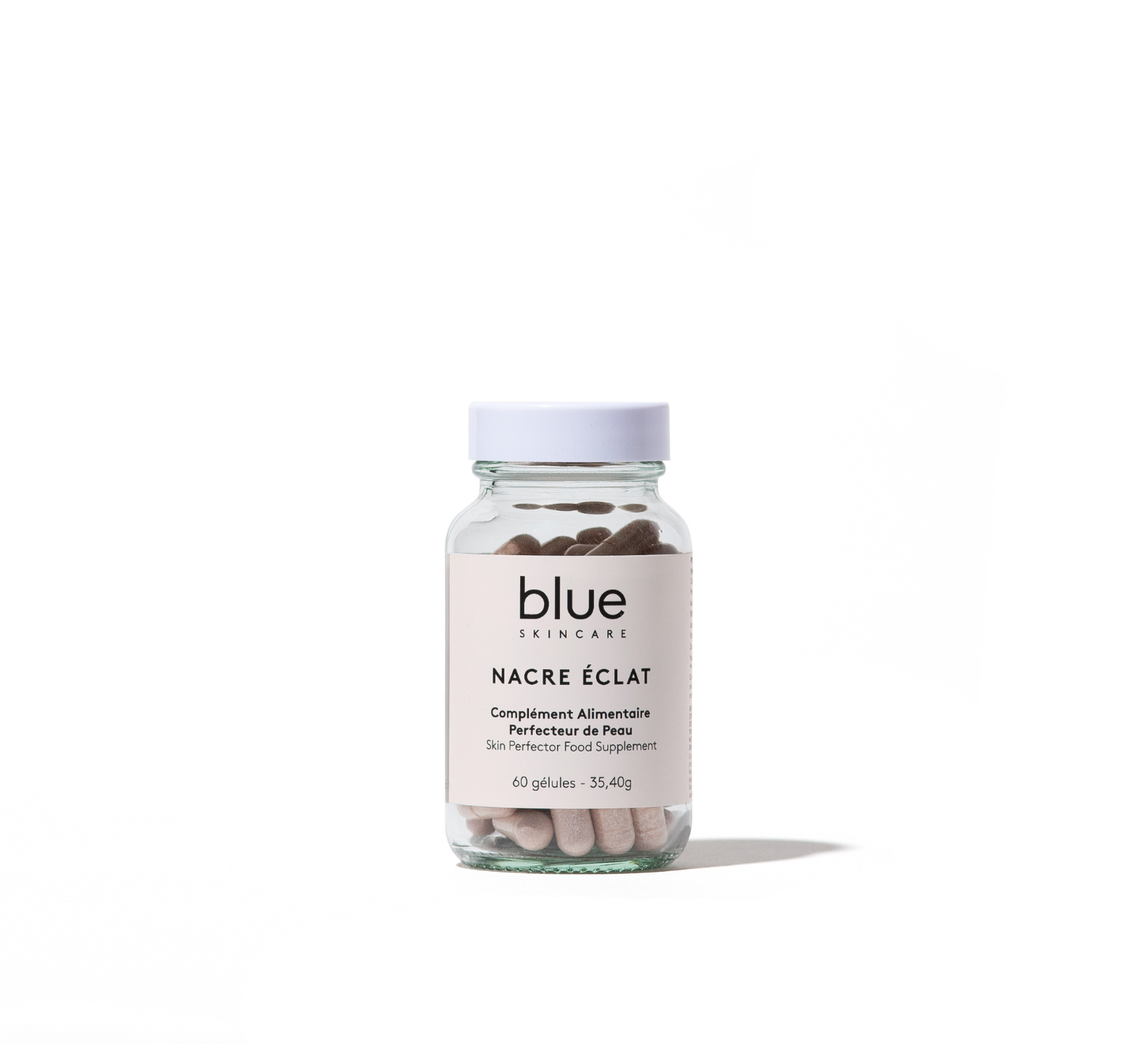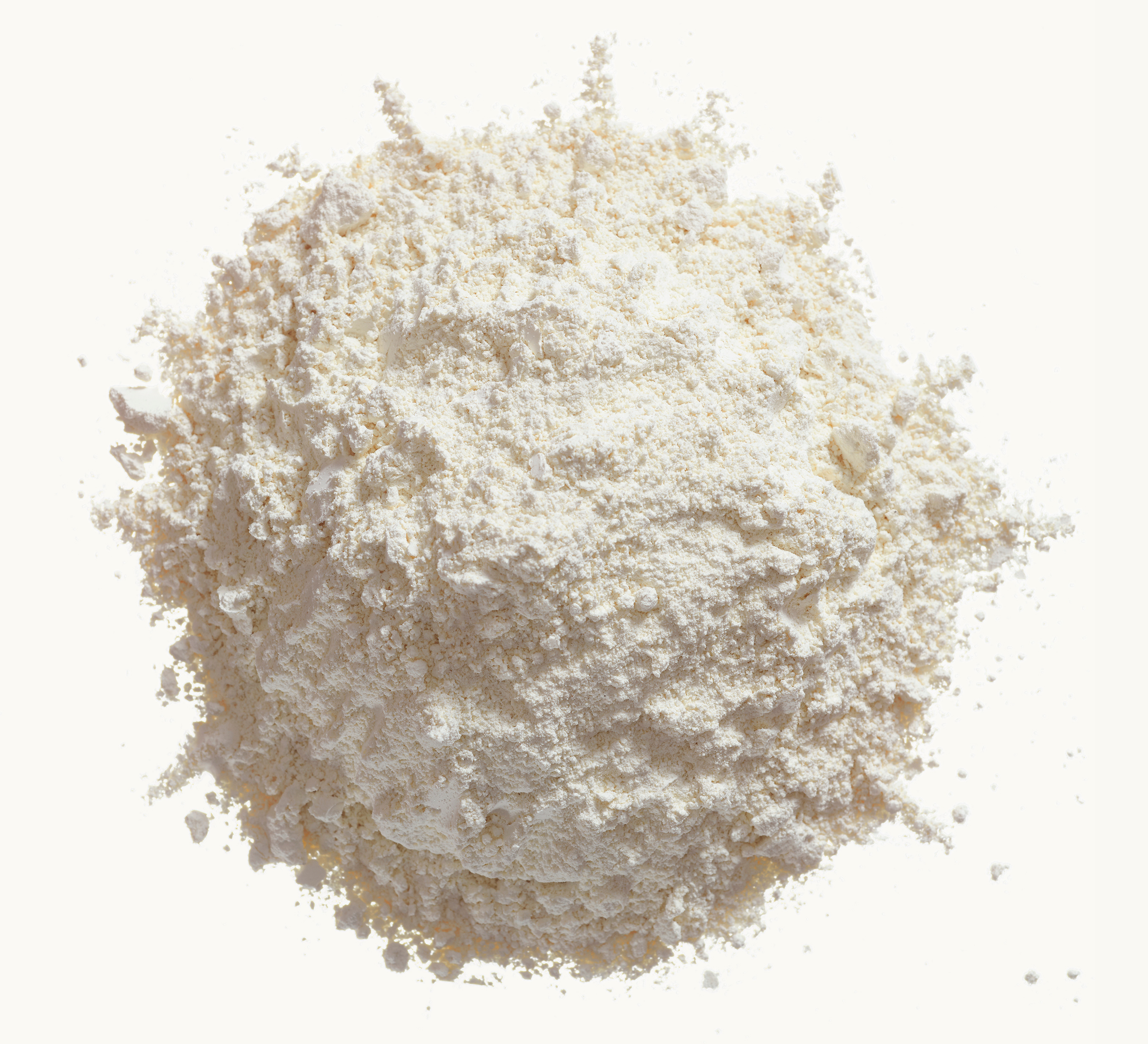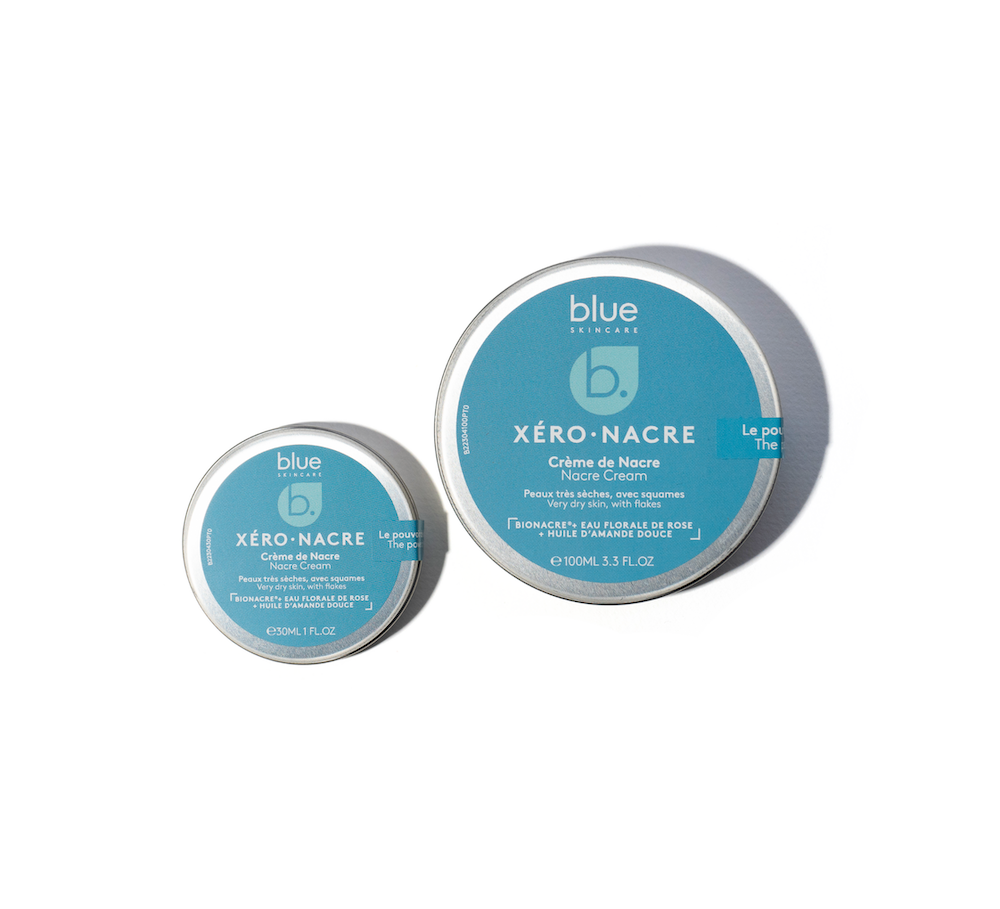The planet's temperature is rising dangerously while the price of energy is also climbing very seriously. It is time to adopt more eco-responsible habits , including for our heating. Indeed, to save energy, some actions are counterproductive. Update of preconceived ideas to reduce your heating bill, without freezing.
A simple variation of a few degrees can be decisive. At the global level and according to the different scenarios of the IPCC (Intergovernmental Panel on Climate Change), temperatures on the globe could rise by 2° to 5° by 2100. This is far from the 1.5° objective decreed during the Paris agreements.
These few degrees too many are due to the increase in greenhouse gas concentrations which risk causing disasters: food and water crises , health problems and the proliferation of diseases, loss of biodiversity , rising water levels, etc.
A few degrees more or less also have a strong impact on the human body, which feels it immediately. According to the Effy website, two thirds of French people are cold at home even though the heating is on, and a household spends an average of 1,696 euros per year for this purpose. Heating represents 66% of a household's energy consumption. So how can we reduce this consumption without freezing?
Identify the right temperature
The right temperature varies depending on gender and different rooms in the house.
The comfort temperature
For a woman, the comfort temperature is around 25° compared to 21° for a man. Difference explained by different energy needs due to a greater muscle mass in men.
The temperature in the different rooms
For living rooms such as the living room, kitchen, dining room, the recommended temperature is between 19° and 21°. 16 to 17 degrees are enough in the bedroom for a quality sleep. And for the bathroom, 17° when it is not in use and 22° when it is. At night, you can reduce by 2 to 3 degrees to save money.
How to optimize ambient heat?
Some actions, supposedly useful for "conserving" heat, can be counterproductive. Here is a list of errors that generate a serious waste of energy :
Do not ventilate
It seems logical, you open the window, the cold comes in and lowers the heat. Well no, open your windows 10 minutes a day even if it's freezing outside. The walls won't have time to cool down and if this ventilation evacuates indoor pollutants and mites, it also reduces humidity. And drier air requires less energy to be heated.
Close shutters and curtains
Windows account for up to 15% of heat loss in your home. But closing shutters and curtains does not stop heat leaks and, more importantly, it prevents the sun from heating up the room.
Vary the temperature
Maintaining a constant temperature is more economical than constantly adjusting it according to the occupancy of the premises. If you are going away for a long time, lower it to 12°, but do not turn off your heating to avoid freezing in the pipes.
Turn up the radiators as high as possible when you come home.
Of course, turning down the heating when you are out makes sense to reduce the bill. But turning it on full blast when you get home to get warmer quickly will definitely lead to overconsumption. Ideally, do not turn it down below 15° during the day if you are not there and invest in a programmable heating system to heat up more half an hour before you return.
Use additional heating
A space heater is an effective way, but should not be used regularly. Not only does it consume more energy (especially the fan heater) but it also dries out the air and irritates the respiratory tract.
Cluttering the radiators
Avoid placing furniture in front of a radiator or turning it into a tumble dryer. And if the radiator is placed against a cold wall, it will lose even more heat. In this case, place a reflector panel behind it.
Neglecting insulation
A cold wall absorbs heat and explains the unpleasant feeling of discomfort. For example, in a room temperature of 20°, a wall at 14° provides a perceived temperature of 17°. If the wall is at 19°, the perceived temperature is then 19.5°. Hence the interest in properly insulating the roof and walls of your home , the main sources of heat loss.
Forget about boiler servicing
An annual inspection is mandatory for all types of appliances (wood, coal, gas, fuel oil boilers) with a power of 4 to 400 W. In addition to the risk of carbon monoxide poisoning, this inspection can reduce the quantity of fuel used by 8 to 12%.






